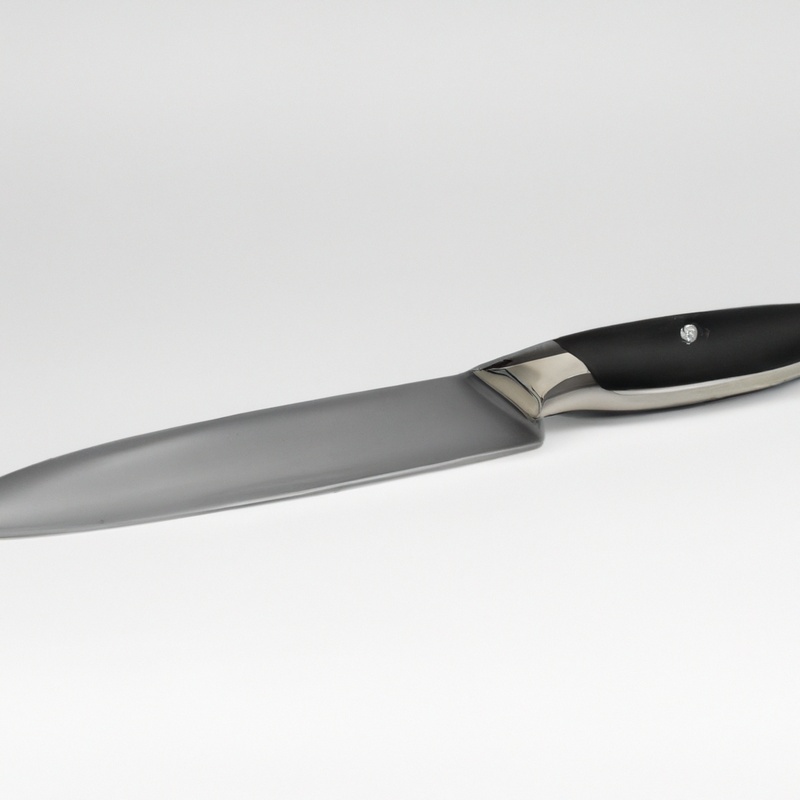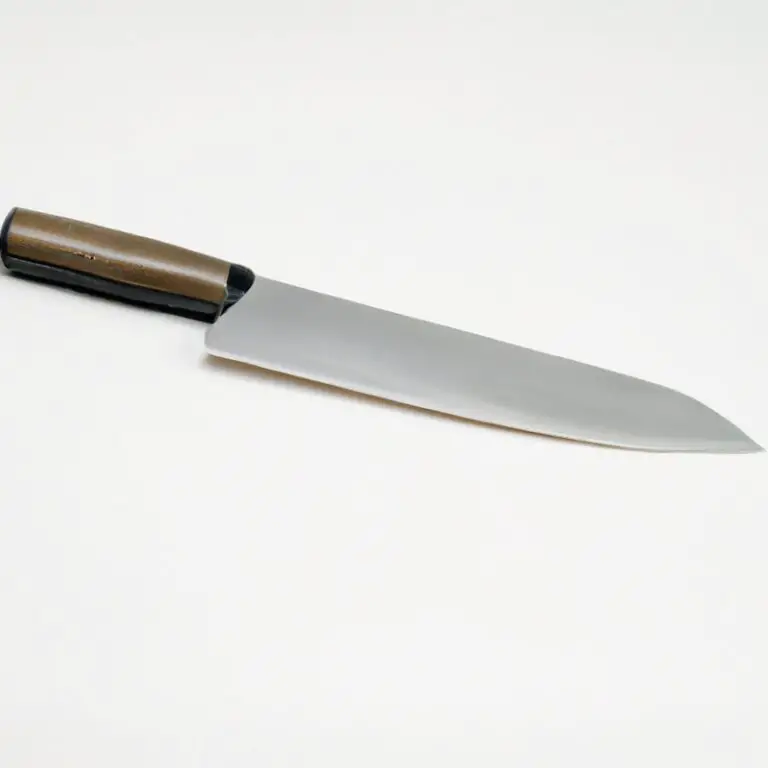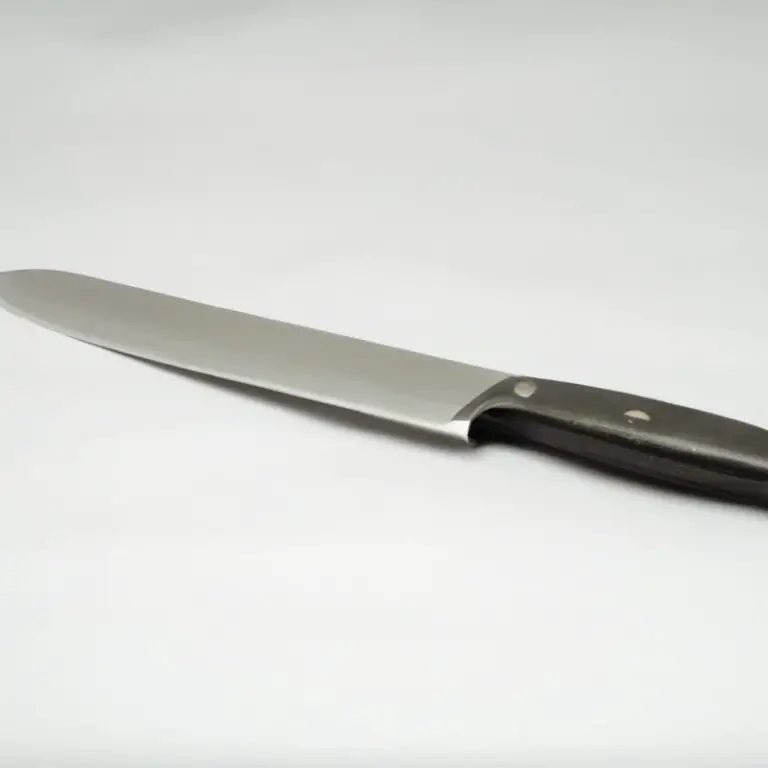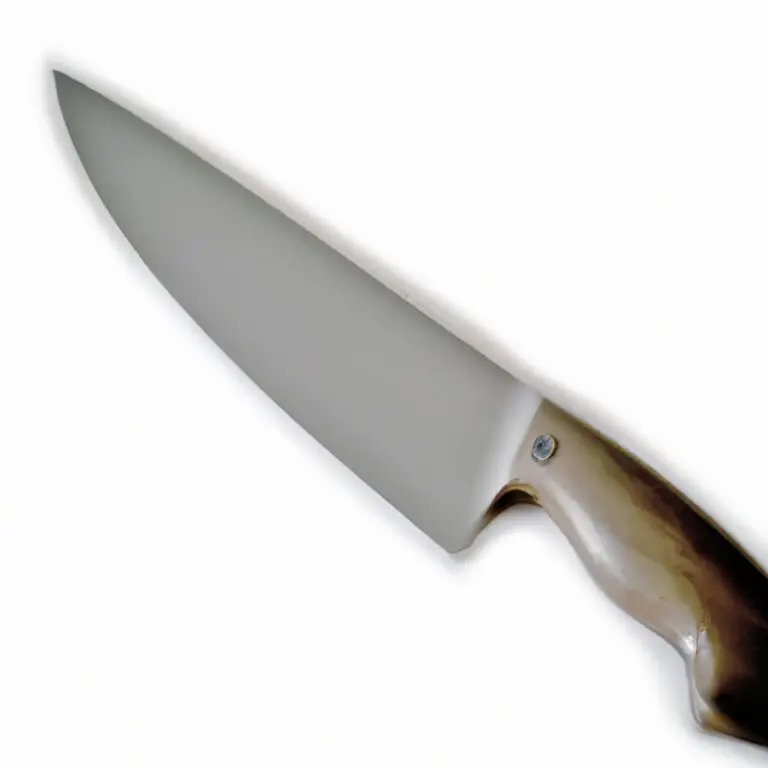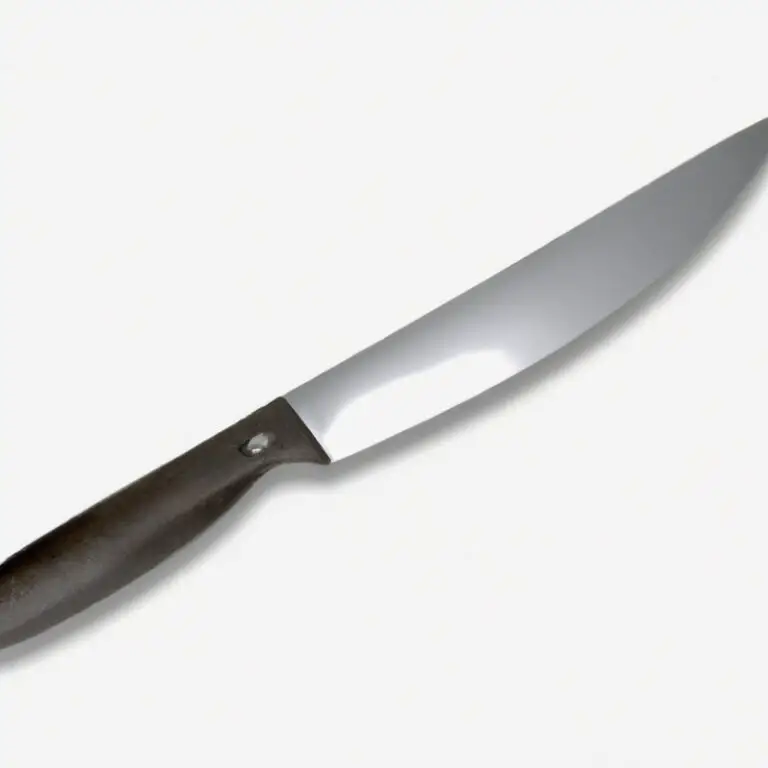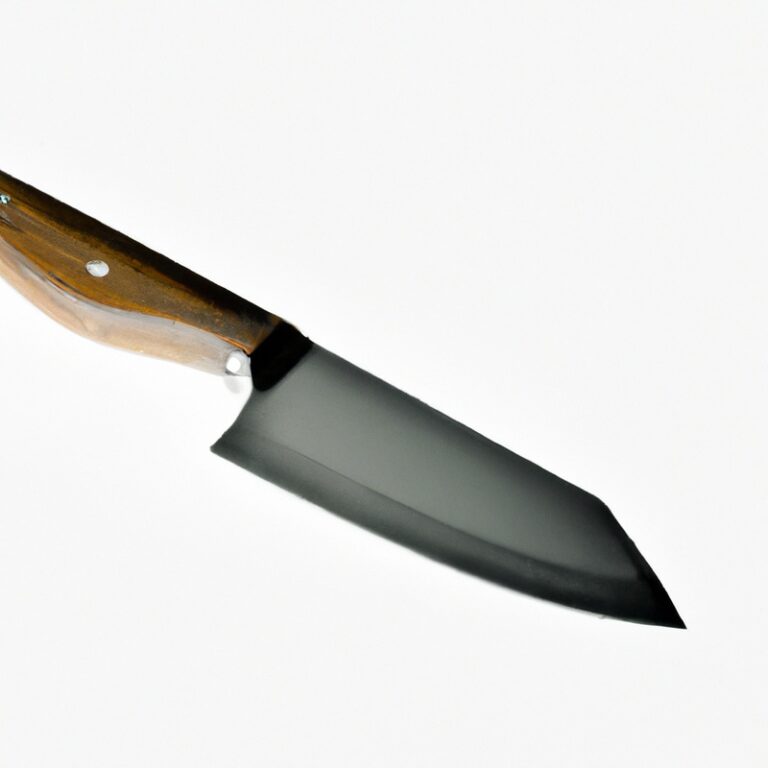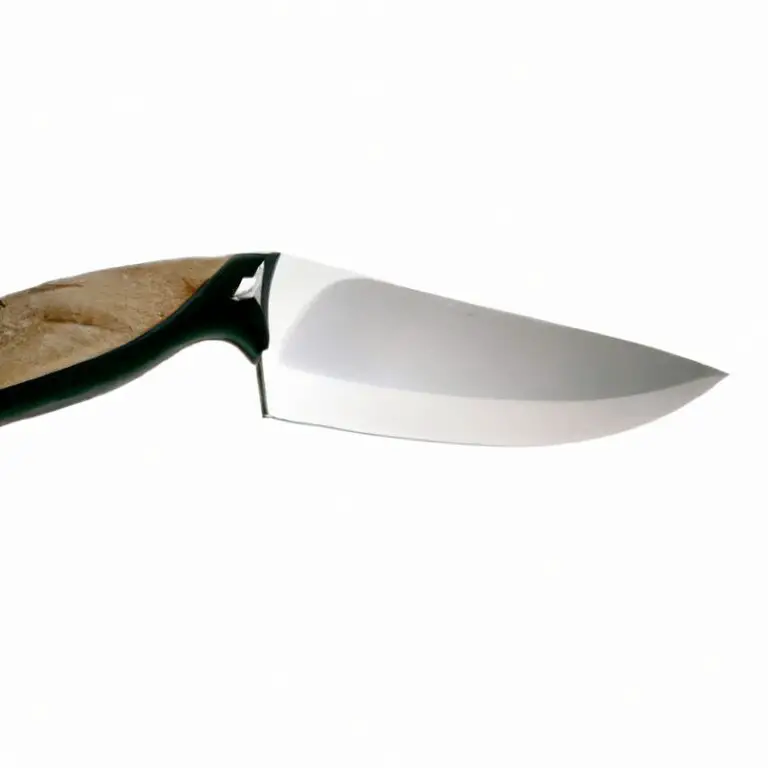How To Fillet a Grouper Using a Fillet Knife Like a Pro?
Key Takeaways:
- Start by placing the fish on a clean, stable surface to ensure safety and ease of access.
- Grip the fillet knife firmly and slice along the backbone of the fish, separating the flesh from the bones.
- Use precise, controlled motions to remove the skin from the fillet, revealing the delicate, flaky meat.
- Take your time to ensure all bones and scales are removed from the fillet, creating a delicious and enjoyable dining experience.
If you’re a seafood lover, there’s no doubt that you’ve encountered the mighty grouper at least once. This bony beast may look intimidating at first, but with the proper techniques, filleting a grouper can be a breeze.
Using a fillet knife is the key to getting those perfect cuts, but it requires some know-how.
In this article, we’ll guide you through the step-by-step process of filleting a grouper using a fillet knife. From preparing the fish to cleaning up the fillets, we’ve got you covered.
So, let’s dive in and get cooking!
| Fillet knife type | Blade length | Fillet technique | Steps |
|---|---|---|---|
| Straight blade | 6-9 inches | Pin bone technique | 1. Gut the fish and remove its gills; 2. Make an incision from the head to the tail along the dorsal fin; 3. Run the fillet knife in a straight line towards the tail to separate the fillet from the bone; 4. Use the pin bone technique to remove the bones from the fillet; 5. Repeat on the other side. |
| Curved blade | 7-10 inches | Skinning technique | 1. Gut the fish and remove its gills; 2. Make an incision behind the gills and run the blade down to the spine; 3. Slide the blade along the spine towards the tail while keeping the blade angled down; 4. Once the blade reaches the tail, insert it under the fillet; 5. Use the fillet knife to separate the fillet from the spine by running the blade along the rib bones; 6. Use the skinning technique to remove the skin from the fillet; 7. Repeat on the other side. |
Gathering the necessary equipment
To properly fillet a grouper, you’ll need specific equipment. Here are the necessary items:
- Fillet knife: A sharp, flexible, and preferably stainless steel fillet knife is the backbone of any successful filleting operation.
- Cutting board: A sturdy and spacious cutting board will provide a stable surface for filleting and protect your countertop.
- Gloves: Protect your hands from fish scales and accidental cuts.
- Towels or paper towels: Keep your hands and workspace clean and dry.
- Tweezers or pliers: Used for removing small bone fragments that may remain in the fillet.
- Container or bag: For storing the fillets.
Make sure you have all the necessary equipment ready before starting the filleting process to minimize interruption and facilitate a safe, efficient operation.
Preparing the grouper for filleting
Before filleting a grouper, it’s crucial to prepare the fish correctly to ensure optimal results. Start by washing the fish thoroughly under cold water and patting it dry with a paper towel.
Next, place the fish on a firm and stable surface, making sure it doesn’t move around while you’re working on it.
To make filleting easier, remove the head of the fish by making a cut just behind the gills. Then, use a sharp knife to make a shallow incision along the spine of the fish, from the top to the tail.
Finally, run the knife along the ribcage to separate the fillet from the bones.
Repeat the process on the other side of the fish. With the preparation done, you can now move on to the filleting process.
Removing the fillet from one side of the grouper
To remove the fillet from one side of the grouper, start by making an incision behind the gills towards the head. Run the knife along the spine, following the natural contour of the fish’s body.
Use gentle pressure to separate the flesh from the bones, taking care not to damage the meat.
Once you’ve made it past the rib cage, use long strokes to cut along the lateral line towards the tail. When you reach the tail, lift the fillet away from the bones and remove any remaining flesh with the knife.
Repeat the process on the other side of the fish.
To get the most meat out of your grouper, make sure to use a sharp fillet knife and cut carefully. Take your time and follow the natural contours of the fish’s body, and be sure to remove any bones or skin before cooking.
Turning the grouper and removing the fillet from the other side
After removing the first fillet from one side of the grouper, it’s time to turn it over and remove the second fillet from the opposite side. To do this, make a cut behind the head and gill plate, down to the spine.
Then, using the same technique as before, cut along the spine towards the tail, keeping the blade as close to the bones as possible.
Once the fillet is freed from the bones, use the fillet knife to remove any remaining skin or bones. Repeat the process on the other side of the grouper.
The second fillet may be a bit smaller than the first, but it’s still just as delicious.
Trimming the fillets and removing any remaining bones
After removing the fillets from both sides of the grouper, the next step is to trim them. You will need a sharp knife to remove any leftover bones, skin, and fat from the fillets.
Start by placing the fillet skin-side down on a cutting board and removing any remaining bones using a pair of pliers or fishbone tweezers.
Make sure to run your hands along the fillet to feel for any small bones, as these can be challenging to see. Next, carefully trim the edges of the fillet using your knife, making sure to remove any skin or fat.
You can also use a fillet knife to remove any remaining bones that you couldn’t get to with the pliers.
Repeat the process with the other fillet, making sure to remove all the bones and unwanted parts. Once you have trimmed both fillets, wash them thoroughly with cold water and pat them dry with a paper towel.
Trimming the fillets and removing any remaining bones is an essential step in preparing a grouper fillet, as it ensures that the fish is bone-free and ready to cook.
Make sure to take your time and be careful when handling the fillets to avoid any accidental injuries.
Properly storing the fillets
After filleting a grouper, it is crucial to properly store the fillets to maintain their freshness and taste. The best way to store fillets is by placing them in an airtight container or ziplock bag and freezing them immediately.
To prevent freezer burn, wrap the fillets tightly with plastic wrap or foil before placing them in the container.
It is also essential to label the container with the date of freezing to keep track of their freshness. When ready to use, thaw the fillets in the refrigerator overnight, and avoid refreezing them once they have been thawed.
Properly storing the fillets will ensure that they remain fresh and retain their flavor.
Using the leftover fish for stock or other dishes
Don’t let the leftover fish go to waste; use them to make a flavorful fish stock or add them to other dishes. The head, bones, skin, and tail of the grouper can be used to create a rich and tasty stock that can be used as a base for soups, stews, and chowders.
Simply simmer the fish scraps in water with herbs, vegetables, and aromatics for a few hours, then strain the liquid to remove any solids.
Use the fish stock immediately or freeze it for later use. Alternatively, you can use the leftover fish in dishes like fish cakes, fish chowder or even salads.
Be creative and experiment with different recipes to make the most of your catch!
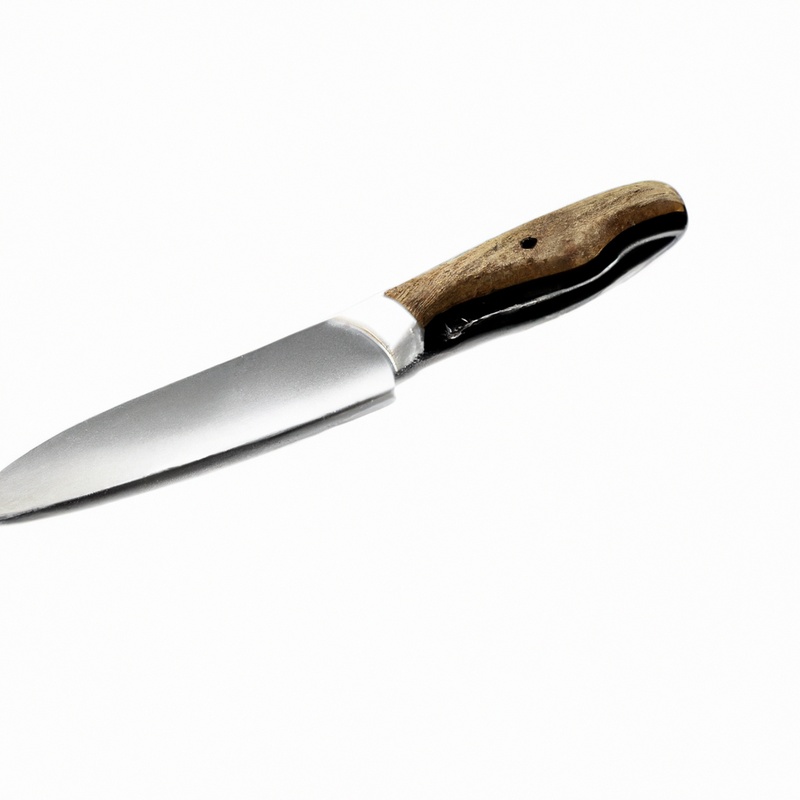
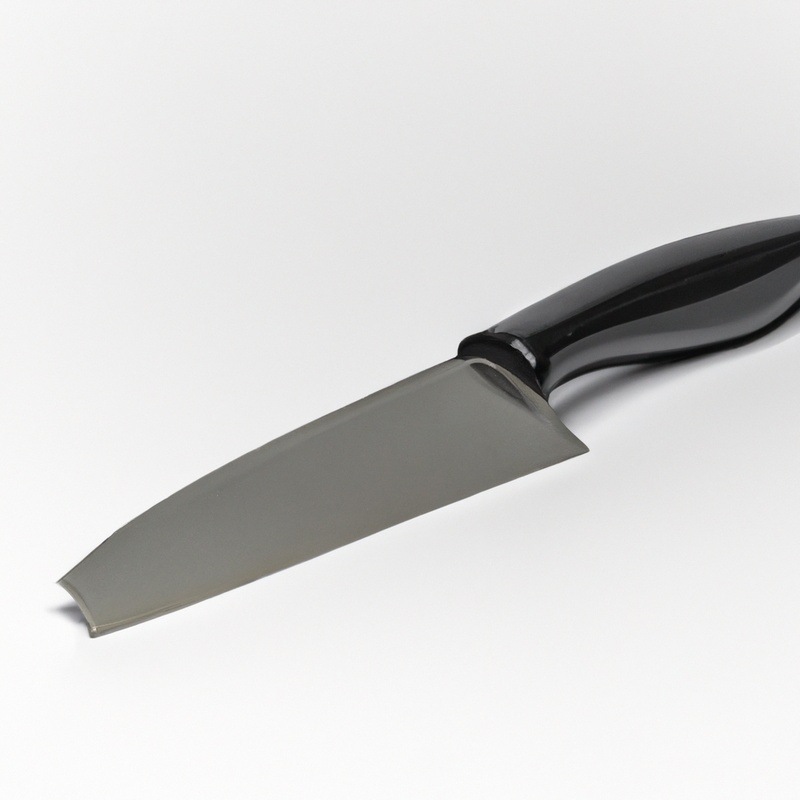
Tips for maintaining the fillet knife
Maintaining a fillet knife is crucial for its longevity and effectiveness. Here are some tips for maintaining your fillet knife:
- Clean the knife thoroughly after every use with soap and warm water. Make sure to dry it completely to avoid rust formation.
- Avoid soaking the knife in water or leaving it wet for an extended period. This practice may harm the blade’s sharpness and may lead to rust formation.
- Sharpen the blade regularly to maintain its sharpness. Invest in a good knife sharpener or hone to sharpen the blade effectively.
- Store the knife in a dry and safe place, preferably in a sheath to avoid accidents during storage or transport.
- Avoid using the knife for any other purpose rather than filleting fish, as this may damage the blade and affect its sharpness.
By following these tips, you can keep your fillet knife in tip-top condition and make the most out of this valuable kitchen tool.
Safety precautions when using a fillet knife
When using a fillet knife, safety should always be a top priority. Here are some safety precautions to keep in mind:
- Choose a sharp fillet knife to avoid slipping and injuring yourself.
- Always cut away from your body to prevent accidents.
- Make sure the cutting surface is stable and secure.
- Wear a cut-resistant glove on the hand holding the fish.
- Keep your fingers away from the blade and use a fillet board with clamps or a non-slip surface.
- Store the knife safely when not in use, preferably on a magnetic strip or in a sheath.
- Avoid distractions while filleting to stay focused on the task at hand.
By following these simple safety guidelines, you can avoid accidents and ensure a successful and enjoyable fish filleting experience. Remember, it only takes one moment of carelessness to cause a serious injury.
Common mistakes to avoid when filleting a grouper
When filleting a grouper, there are several common mistakes that you need to avoid. These mistakes include attempting to fillet the fish without a sharp knife, using too much force when removing the fillet from the body, and not paying attention to the bone structure of the fish.
Another mistake that people often make is not starting the fillet cut in the right place.
You should start at the top of the fish and follow the contour of the backbone, using the spine as a guide. Failing to do so can result in a less than optimal fillet.
It is also common to forget to remove the skin from the fillet before cooking.
Leaving the skin on can result in a less than desirable texture and taste. Lastly, people often overlook the importance of properly storing the fillets.
It is crucial to store them in an airtight container to prevent the fish from spoiling.
To avoid these mistakes, ensure that you have a sharp fillet knife, follow the bone structure of the fish, start the fillet cut in the right place, remove the skin, and store the fillets properly. By avoiding these common mistakes, you can achieve a perfectly filleted grouper every time.
YouTube video tutorial recommendations
YouTube is an excellent resource for learning how to fillet a grouper using a fillet knife. There are numerous video tutorials available that can help beginners get started and experienced individuals refine their skills.
Some popular YouTube channels that offer reliable and informative tutorials on filleting fish include Fisherman’s Belly, Chef Buck, and Salt Strong.
It’s also important to read the comments and reviews to ensure that the video is credible and trustworthy. Don’t hesitate to try a few different videos until you find one that works best for you.
Final Verdict
Filleting a grouper may seem intimidating at first, but with the right equipment, preparation, and technique, it can be a rewarding and delicious experience. Remember to always prioritize safety when using a fillet knife and to maintain the knife properly.
By avoiding common mistakes and following the steps outlined in this guide, you can successfully fillet a grouper and enjoy a tasty seafood meal.
Additionally, don’t forget to utilize the leftover fish for stock or other dishes. With the help of recommended YouTube video tutorials, you can further enhance your filleting skills and become an expert in no time.
So grab your fillet knife and tackle that grouper with confidence!

